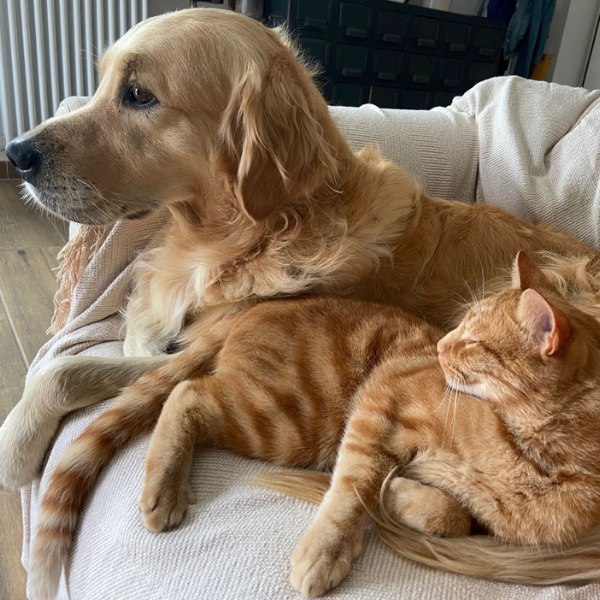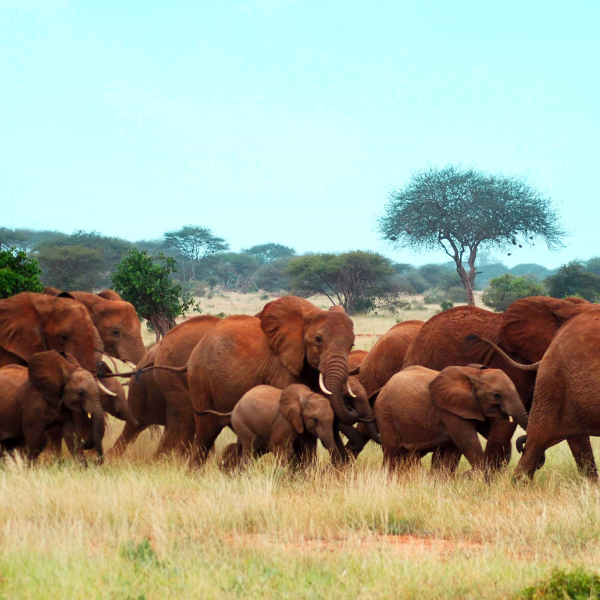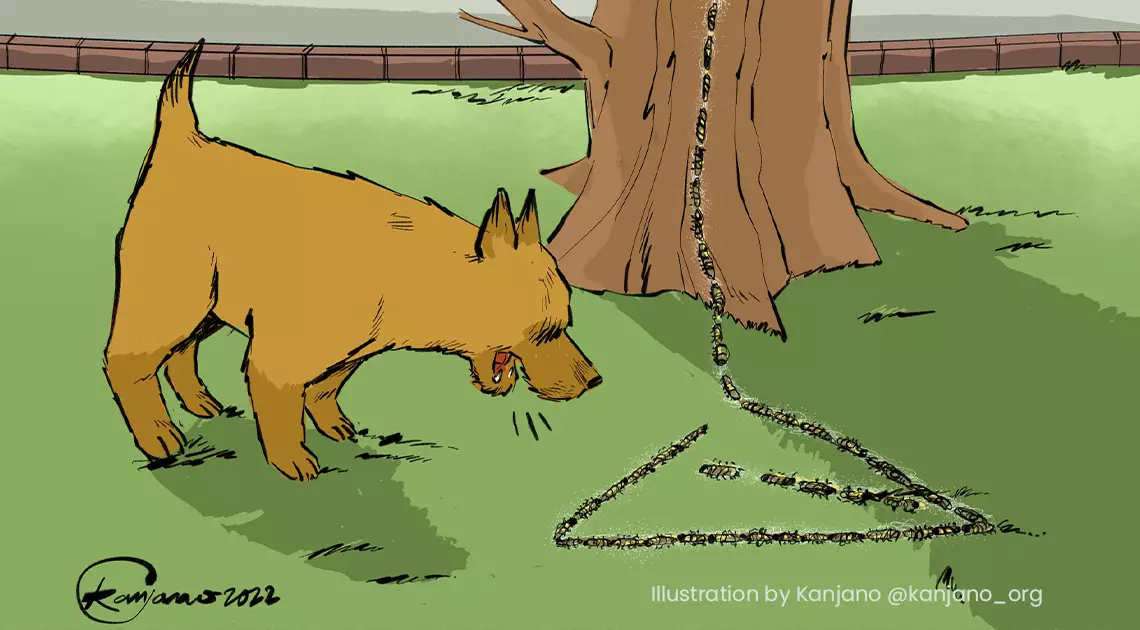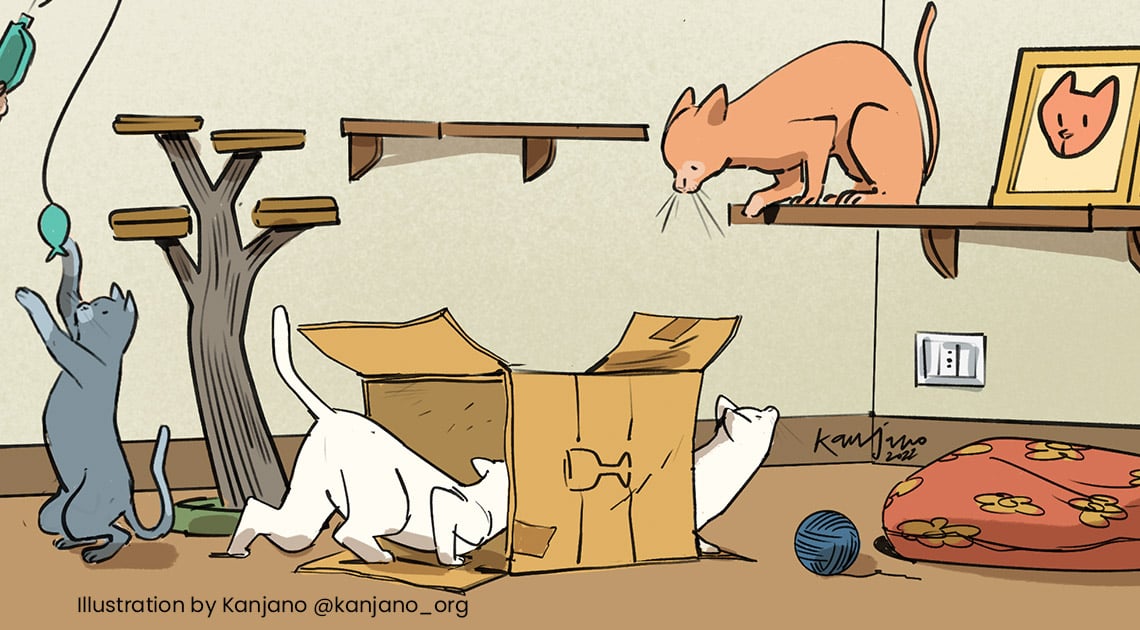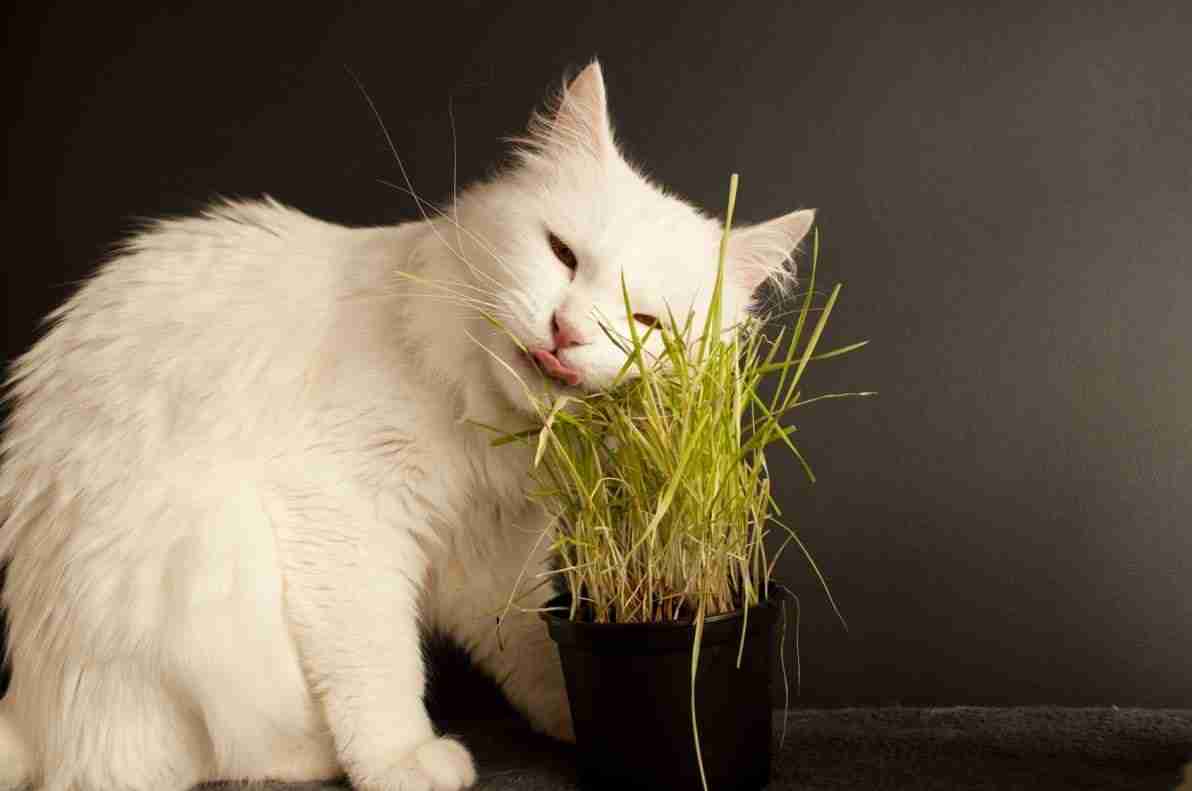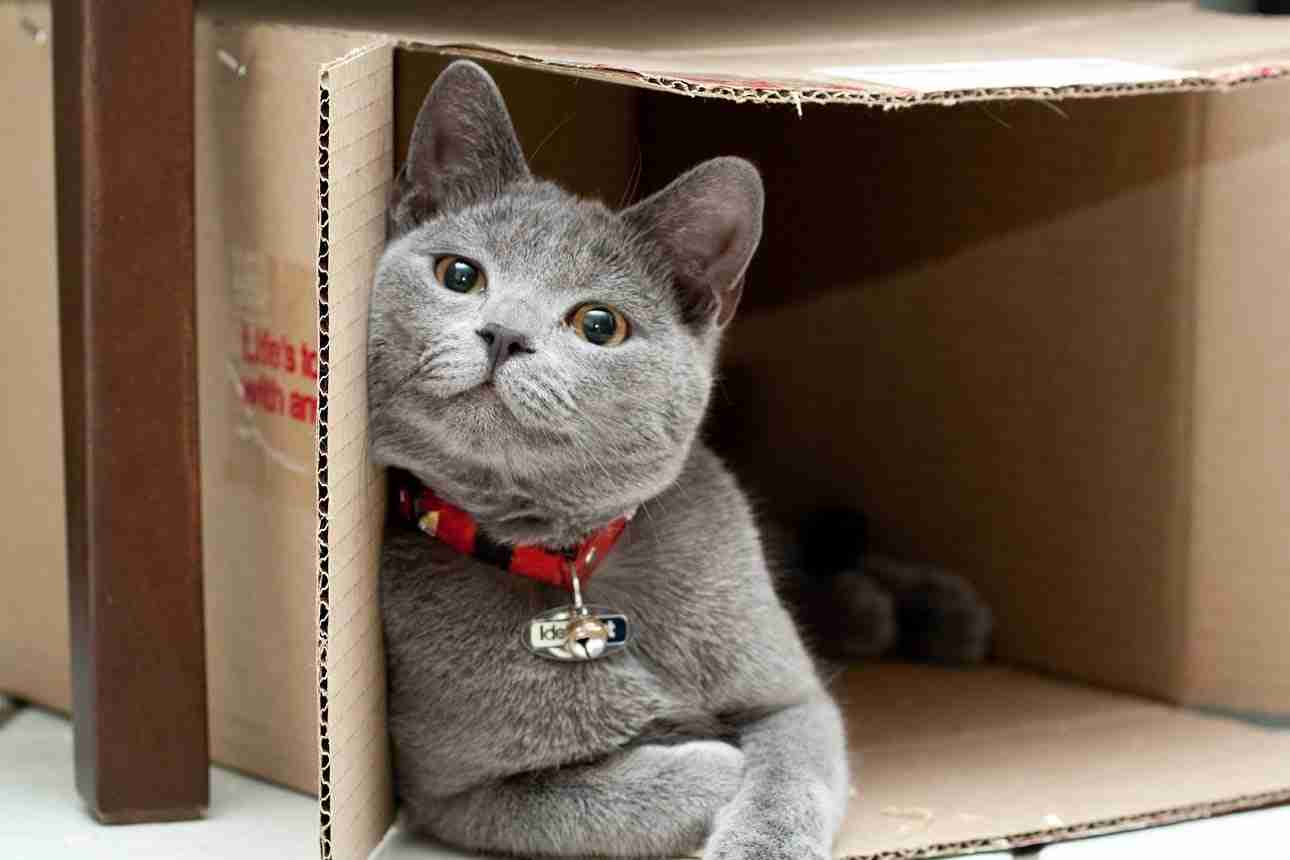Journey to a Cat's World
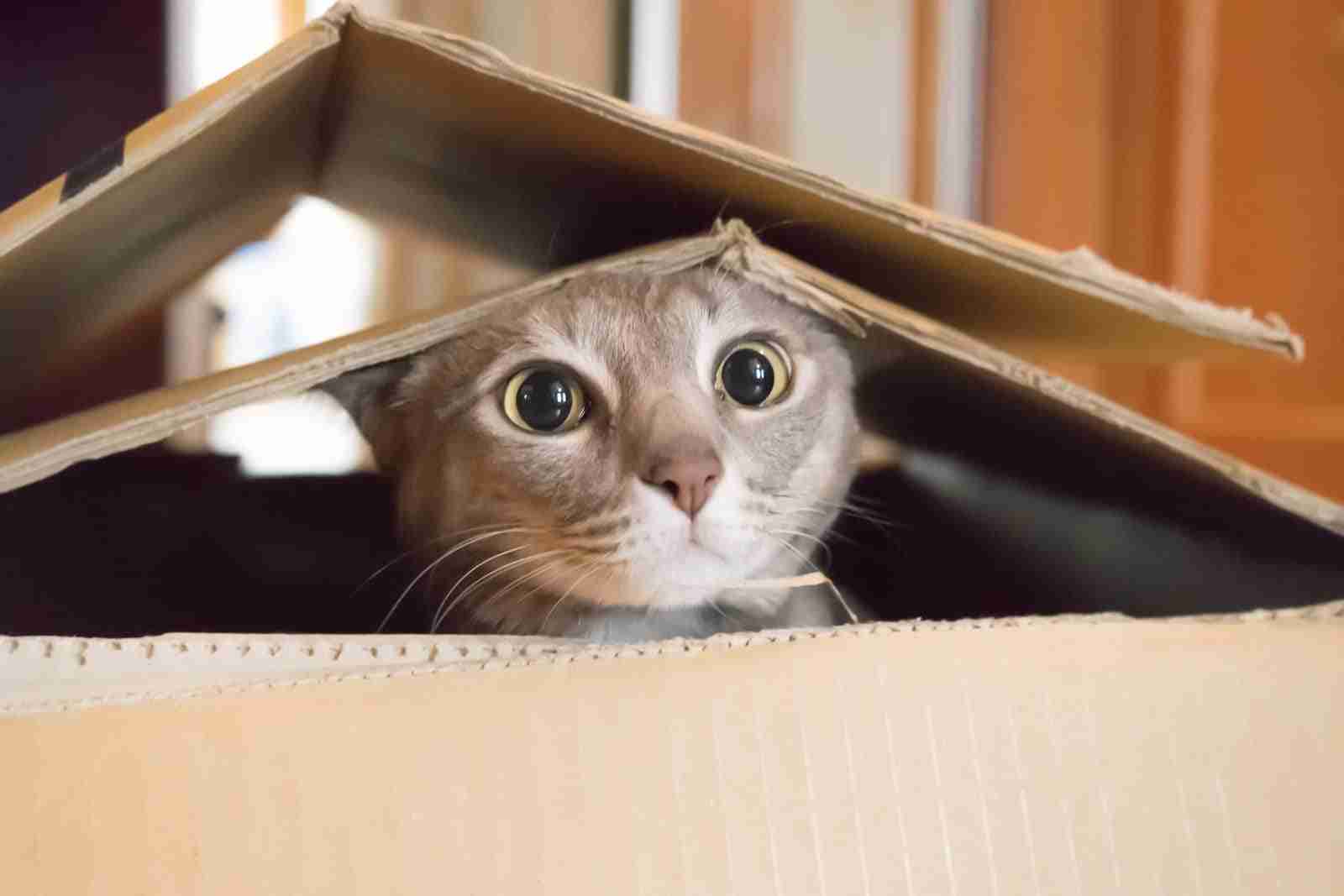
You can find lots of information about cats on the internet. However, one thing we know for sure is that we will never understand everything about a cat's world. Their changing habits surprise us, and delight us, every day! That said, we do understand some of what makes a cat tick. In this article, Dr Maria Grazia Calore, veterinary surgeon and expert in pet behaviour takes us on a journey to discover the world and habits of this charming animal.
Do Cats Dream?
Elegant, quick-witted and… sleepyheads! Yes, cats sleep a lot! And apparently they dream, just like we do.
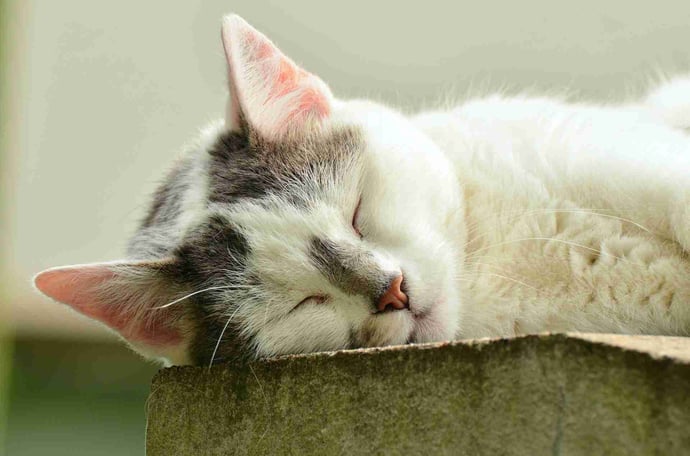
It is known that cats have stages of sleep just like humans. In fact, the stages of feline slumber alternate between of episodes of light sleep, periods of heavy sleep lasting about 20 minutes, followed by periods of REM (rapid eye movement) sleep, which lasts around five minutes...
How Big is a Cat's Territory?
The answer to this question is simple: it depends. If a cat lives outside, the likelihood of it finding food in an area will determine the distance it travels. If food is easily accessible, then its territory will be relatively small.

If the feline lives inside as a house cat, then its territory will encompass the space that it has access to. So for house cats, it is important to consider the available space in three dimensions – for example, giving the cat the opportunity to climb and access high spots around the house can greatly increase the range of its territory...
How and Why Do Cats Purr?
The most accepted theory as to how a cat purrs, is that the brain signals muscles in the larynx to vibrate, these muscle contractions open and close the glottis, which in turn passes air over the vocal chords. Cats generally purr during pleasant experiences such as petting, or cuddling; kittens also purr while drinking milk from their mum. A cat can also use its purr as a form of comfort: it is therefore not uncommon for cats that are sick or suffering to purr...
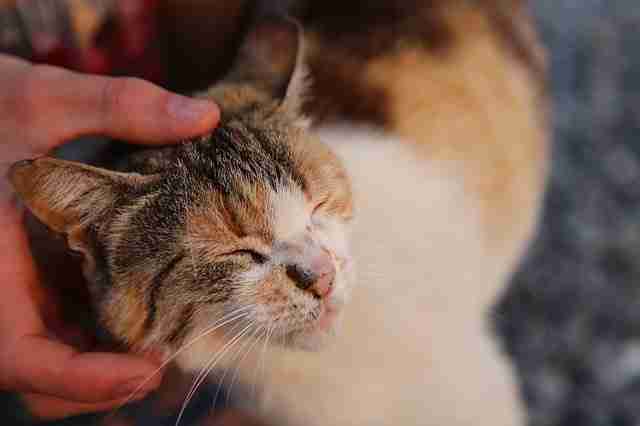
Why Do Cats Love Boxes?
Cats and boxes: a seemingly perfect combination for going viral. But why can't cats, no matter how refined, resist the lure of the common cardboard box?
A perfect hiding place! In nature, the cat is a formidable predator. Ambushing its prey by assuming a crouched, ‘soldier in the trenches-style' position, thereby appearing virtually invisible to its target, is a common tactic to achieve the element of surprise.

Cardboard, what a passion! It is a great surface for the cat to scratch as it's soft enough to mark with very little effort compared to wood or fabrics, it also retains the cat's scent-marking pheromones as well as other surfaces.
Support and warmth In addition to representing a ‘perfect island retreat' for your feline, boxes are also an excellent way for them to avoid losing heat, especially if the box is of a similar size to the cat...
Do Cats Smell Our Emotions?
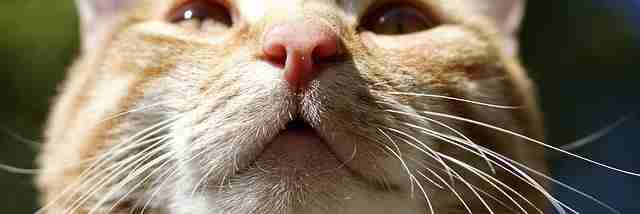
Not only can our cat smell everyday odours they can also smell our emotions thanks to the pheromones we give off. Don't be surprised, therefore, if your kitty lingers to smell your sweaty feet when you return home. Their slightly opened mouths and scrunched nose, an amusing sight, as they inhale, running the smell over their vomeronasal organ to read our chemical messages. For our cat it is an important sense: it smells us, our scent and also our mood, if we are happy, angry, sad etc.
How Do Cats Interact with Other Species?
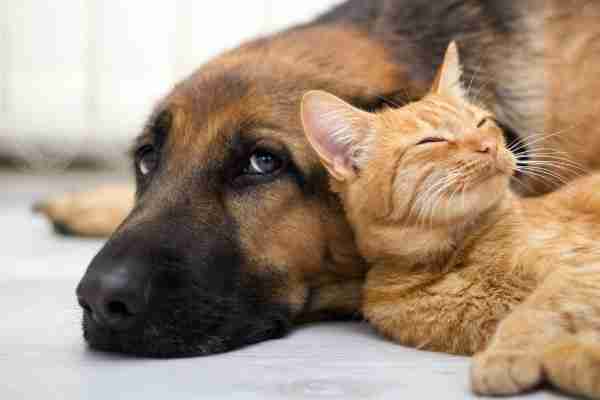
We should remember that our cat is a relational species and that mixing with other cats and other species, such as dogs, man, birds, and fish, can be a rewarding experience for them. Get your cat used mixing with other animals from a young age in order to avoid them being afraid of other species when they're older!
How Wild Is a Cat's Nature?
According to geneticist Wes Warren, co-author of the study, which was published in the Proceedings of the National Academy of Science, the characteristics of the Felis silvestris catus (the domestic cat) have changed over the course of the 9,000 years that it has lived with man. The compromise between man and cat appears to have marked the beginning of real evolutionary change for these fascinating creatures, resulting in a noticeable change in their DNA.

Yet, despite this genetic modification derived from human domestication, the domestic cat still remains wild enough at heart to be considered semi-domesticated at best, the researchers surmised: “We believe we have created the first preliminary evidence that depicts domestic cats as not that far removed from wildcat populations..."

